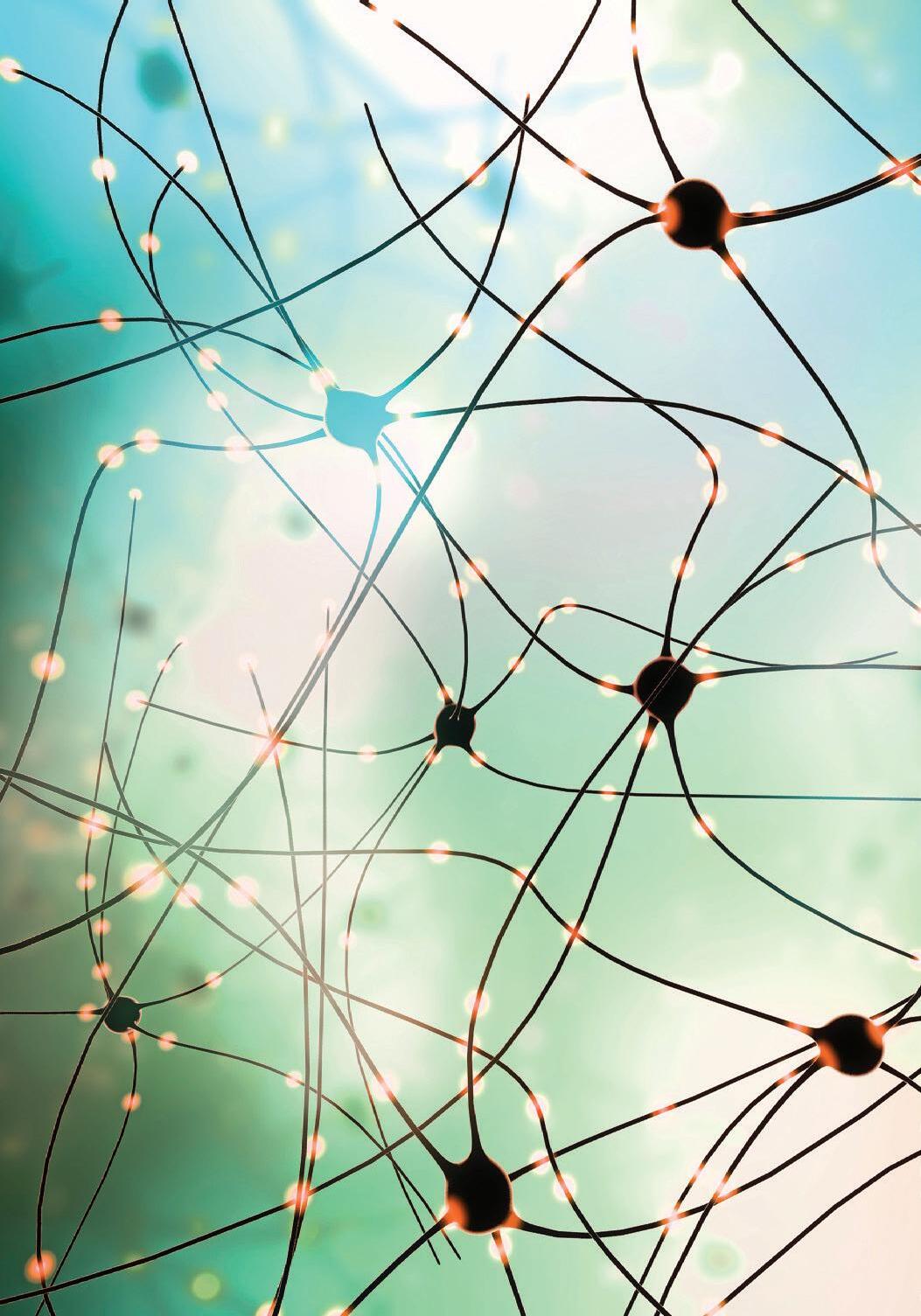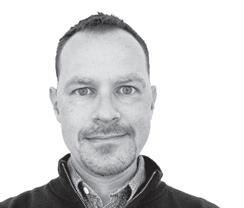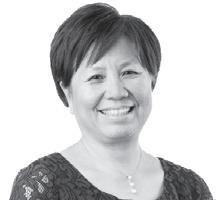
1 minute read
HARNESSING BIG DATA AND LEVERAGING TECHNOLOGY
From artificial intelligence and microsimulation to closing the digital divide
Imaging Alzheimer’s
Advertisement
No cure exists for Alzheimer’s disease, and the only available therapies aim at just its symptoms. Paul Seidler leverages recent advances in imaging and computer processing to more accurately test drugs with the potential of being affordable and effective in not only attacking Alzheimer’s effects but also the disease itself. Through these technologies, he and his team observe how therapeutic candidates engage with pathologically clumped proteins drawn from Alzheimer’s patients. This enables Seidler’s lab to refine therapies and maximize their potential in advance of human clinical trials. To attack Alzheimer’s on all fronts, Seidler partners with the Mann School laboratories of Clay C. C. Wang and Daryl Davies to discover natural product-based approaches. He also works with UCLA collaborators to synthesize compounds and nanoparticles based on his high-resolution imaging studies.
Computer illustration of neural network. Long-term effects of anxiety can include the cognitive decline of Alzheimer’s and other dementia disorders. New research from the USC Mann School uses new technologies in imaging and computer processing to shed light on the issue and help protect the brain.
Improving Sepsis Outcomes With Precision

Despite the availability of antibiotics and medical advances, sepsis remains a leading cause of death. Annie Wong-Beringer, associate dean for research affairs, applies an interdisciplinary and translational approach to her research to improve outcomes of patients with infections, including sepsis caused by Staphylococcus aureus, a skin bacterium we all have on our bodies—but one that is a major cause of a potentially deadly bloodstream infection. She is using clinical data from more than 1,000 sepsis patients along with the microbiological









